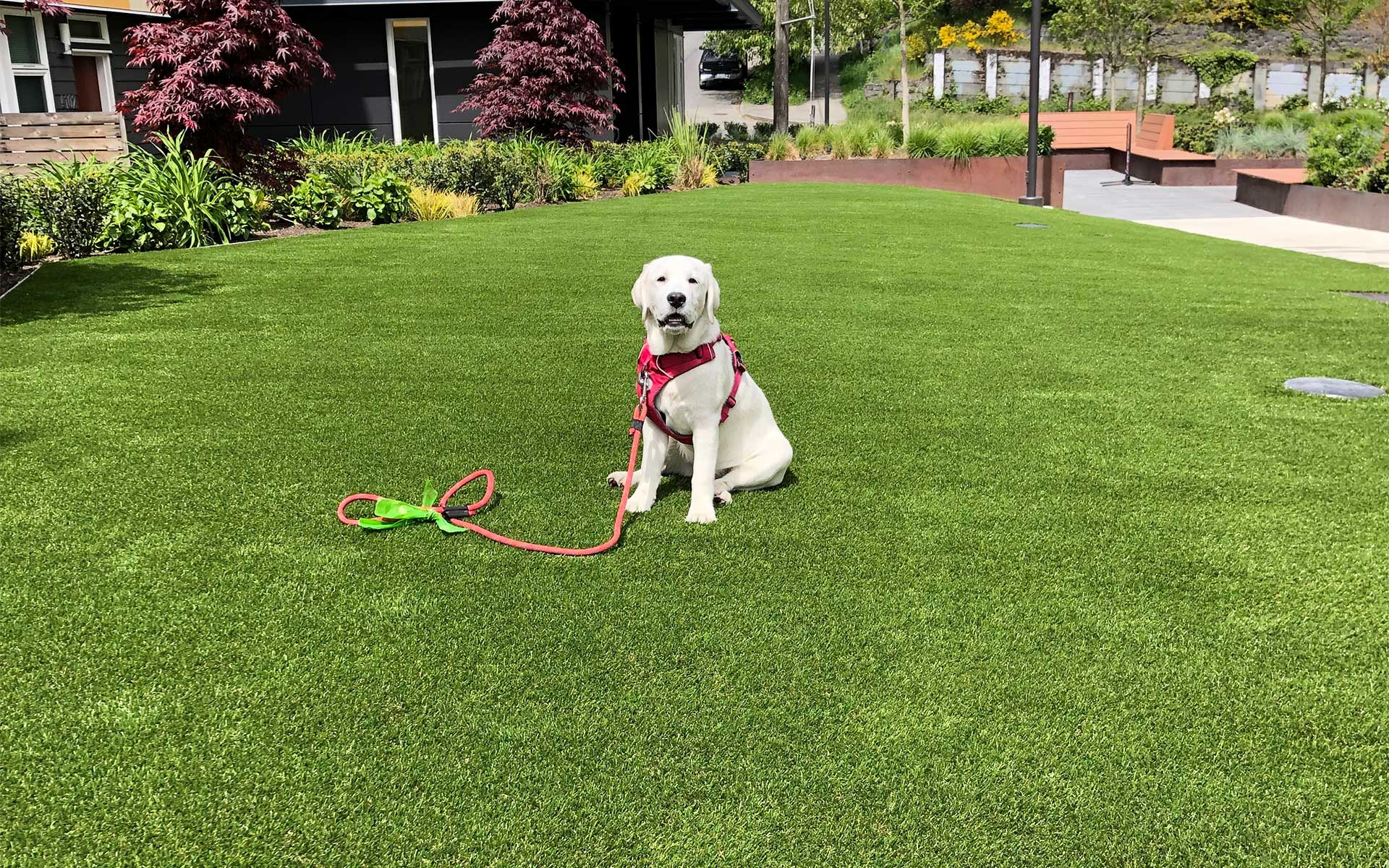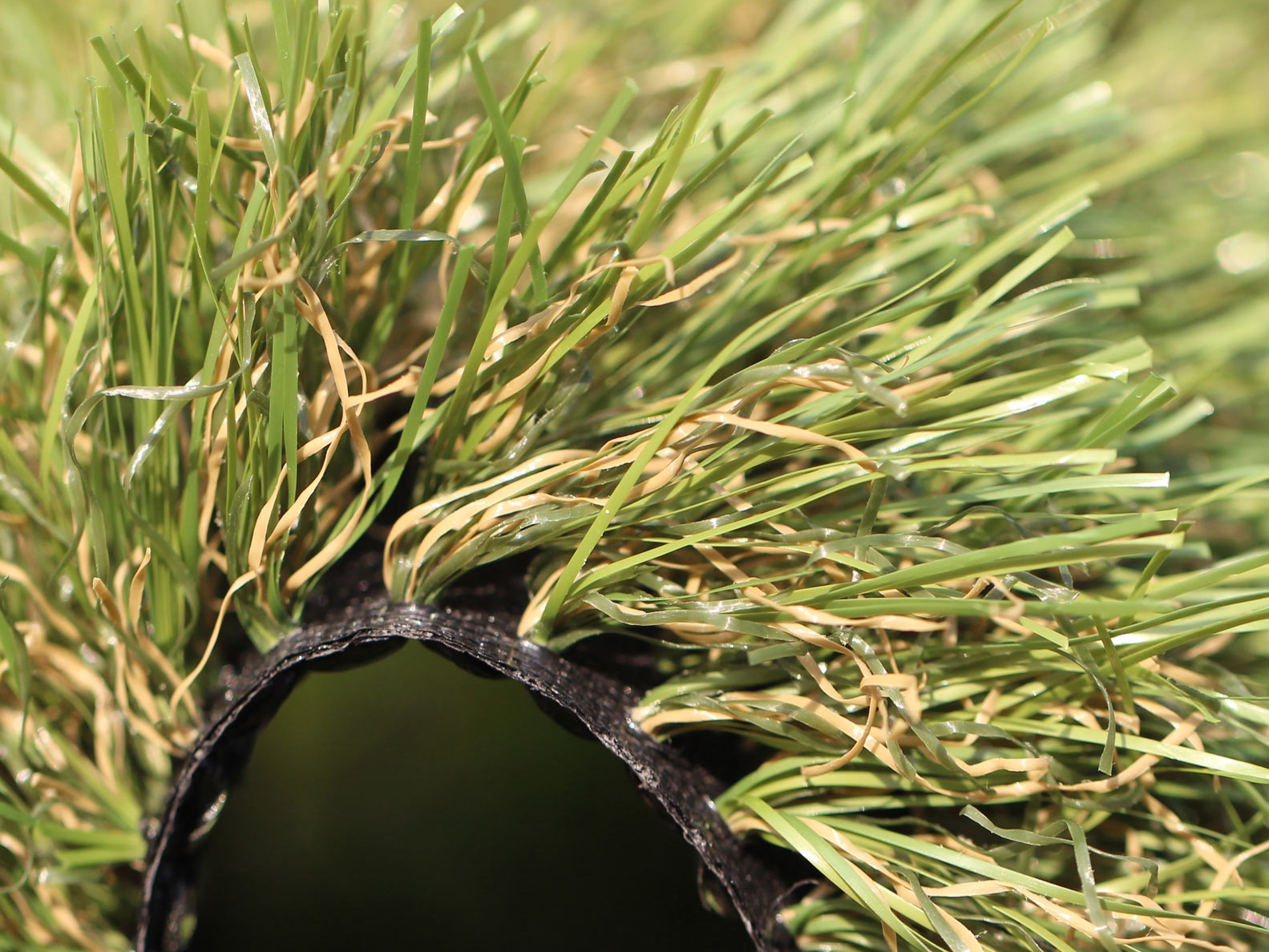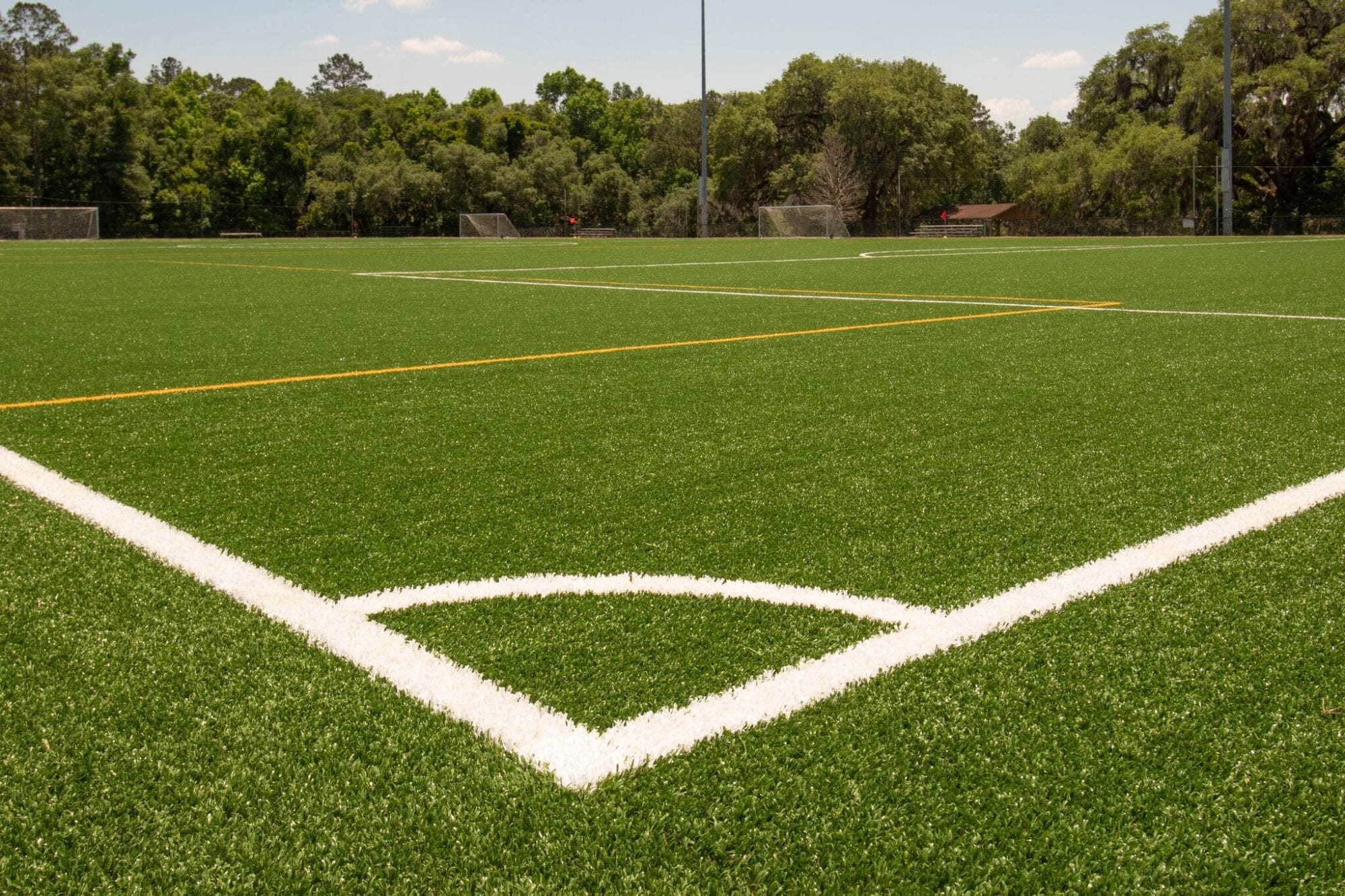Choose the Best Turf Installation Phoenix AZ Solutions for Your House or Business
Explore the Environmental Perks of Opting for Artificial Grass Solutions
The fostering of fabricated grass remedies provides a compelling chance to resolve pressing environmental obstacles. By considerably lowering water use and reducing the application of unsafe chemicals, these alternatives not only advertise sustainable landscaping however additionally shield local environments.
Water Preservation Benefits
One of the most considerable advantages of man-made lawn is its capability to save water. In contrast, fabricated lawn does not need watering, considerably reducing the overall need for water sources.
By eliminating the need for normal watering, synthetic grass adds to sustainable landscape methods and aids mitigate the environmental effect of too much water consumption. Furthermore, the preservation of water expands to the reduction of runoff, which can cause dirt disintegration and river pollution.
Furthermore, the installment of synthetic grass allows home owners and districts to allocate water sources more efficiently, focusing on important uses such as drinking water and farming. The change in the direction of artificial lawn not just advertises accountable water usage but also aligns with broader ecological objectives focused on protecting natural deposits.
As areas increasingly focus on sustainability, the water preservation advantages of man-made turf provide an engaging situation for its fostering in residential and commercial landscape design jobs.
Lowered Chemical Usage
The shift to synthetic grass substantially lowers the reliance on chemical therapies typically made use of in natural turf upkeep. Standard grass monitoring typically entails the application of fertilizers, herbicides, and chemicals to promote development and control bugs. These chemicals can position threats to human wellness, regional wild animals, and the atmosphere, adding to soil and water contamination.
On the other hand, man-made grass removes the requirement for these harmful compounds. As soon as installed, it calls for very little maintenance, primarily being composed of regular cleaning and occasional infill replenishment. This decrease in chemical usage not only profits the immediate environment however additionally adds to broader ecological security. By lessening the release of synthetic compounds right into the environment, synthetic lawn promotes much healthier dirt and water systems.
Moreover, the lack of chemical runoff related to synthetic grass installations aids protect local waterways from pollution, supporting aquatic life and maintaining biodiversity. Turf installation phoenix az. As communities increasingly focus on lasting methods, going with synthetic grass offers a feasible option that straightens with ecological conservation goals. Via this change, homeowner can enjoy lavish environment-friendly areas without compromising eco-friendly wellness, leading the way for an extra sustainable future
Reduced Carbon Footprint

Additionally, article source the installment of synthetic turf can result in significant water conservation. Natural yards call for considerable amounts of water for irrigation, which not just includes in the carbon footprint related to water removal and therapy but also pressures neighborhood water resources. On the other hand, fabricated turf needs very little upkeep, calling for no watering, thereby dramatically reducing water usage and its connected power expenses.
In addition, the long life of synthetic grass adds to its reduced carbon effect. With a life expectancy of approximately 15 years or even more, the need for frequent replacements is diminished, leading to much less waste and reduced power usage in manufacturing and getting rid of conventional yard alternatives. In general, man-made lawn presents a lasting choice for environmentally mindful landscape design.
Environment Conservation
Habitat conservation is a vital factor to consider in the argument over landscaping choices, especially when contrasting fabricated turf to all-natural turf. All-natural turf lawns commonly require comprehensive maintenance, including the usage of chemicals, herbicides, and plant foods, which can adversely impact local communities. These chemicals can leach right into the soil and waterways, harming native vegetation and fauna and disrupting neighborhood environments.
Synthetic grass eliminates the requirement for damaging chemicals, consequently shielding nearby wild animals and maintaining the integrity of bordering ecosystems. The installation of synthetic lawn can lead to the conversion of previous yard locations into more biodiverse landscapes, such as pollinator gardens or native plant locations, which can support local wild animals.
Eventually, the transition to artificial lawn not just saves water and decreases upkeep initiatives but also promotes a more unified connection in between human tasks and the native environment, promoting environment conservation while doing so.
Long-Term Sustainability
Lasting sustainability navigate to this website is a vital aspect in evaluating the advantages of fabricated grass over typical turf yards. One of the most significant benefits of synthetic grass is its sturdiness; it can last as much as 15-20 years with minimal maintenance, whereas all-natural yard calls for frequent reseeding and substitute. This longevity lowers the demand for consistent sources, such as water, fertilizers, and pesticides, which are necessary for keeping a healthy grass yard.
In addition, synthetic grass adds to a decrease in carbon discharges associated with grass treatment tools. Standard lawns frequently call for gas-powered lawn mowers, trimmers, and blowers, all of which add to air contamination. Turf installation phoenix az. On the other hand, man-made lawn eliminates the need for such tools, advertising a cleaner atmosphere
Moreover, the production of synthetic grass progressively makes use of recycled materials, improving its sustainability profile. As producers adopt green methods, the environmental footprint of man-made lawn continues to lessen.

Verdict
The fostering of man-made grass remedies offers considerable environmental benefits, consisting of substantial water conservation, reduced reliance on harmful chemicals, and a reduced carbon footprint. Additionally, synthetic grass help in preserving all-natural environments by decreasing land disruption and promoting long-lasting sustainability through the use his comment is here of resilient materials. Collectively, these variables emphasize the potential of fabricated turf to contribute favorably to ecological wellness and supply a sensible choice to traditional landscaping methods in an increasingly resource-conscious globe.
In comparison, artificial lawn does not need watering, significantly decreasing the overall need for water sources. By decreasing the release of synthetic substances into the environment, artificial turf promotes healthier dirt and water systems.
In addition, the setup of fabricated lawn can result in considerable water conservation. In contrast, fabricated turf needs very little maintenance, calling for no watering, consequently significantly reducing water usage and its associated energy prices.
